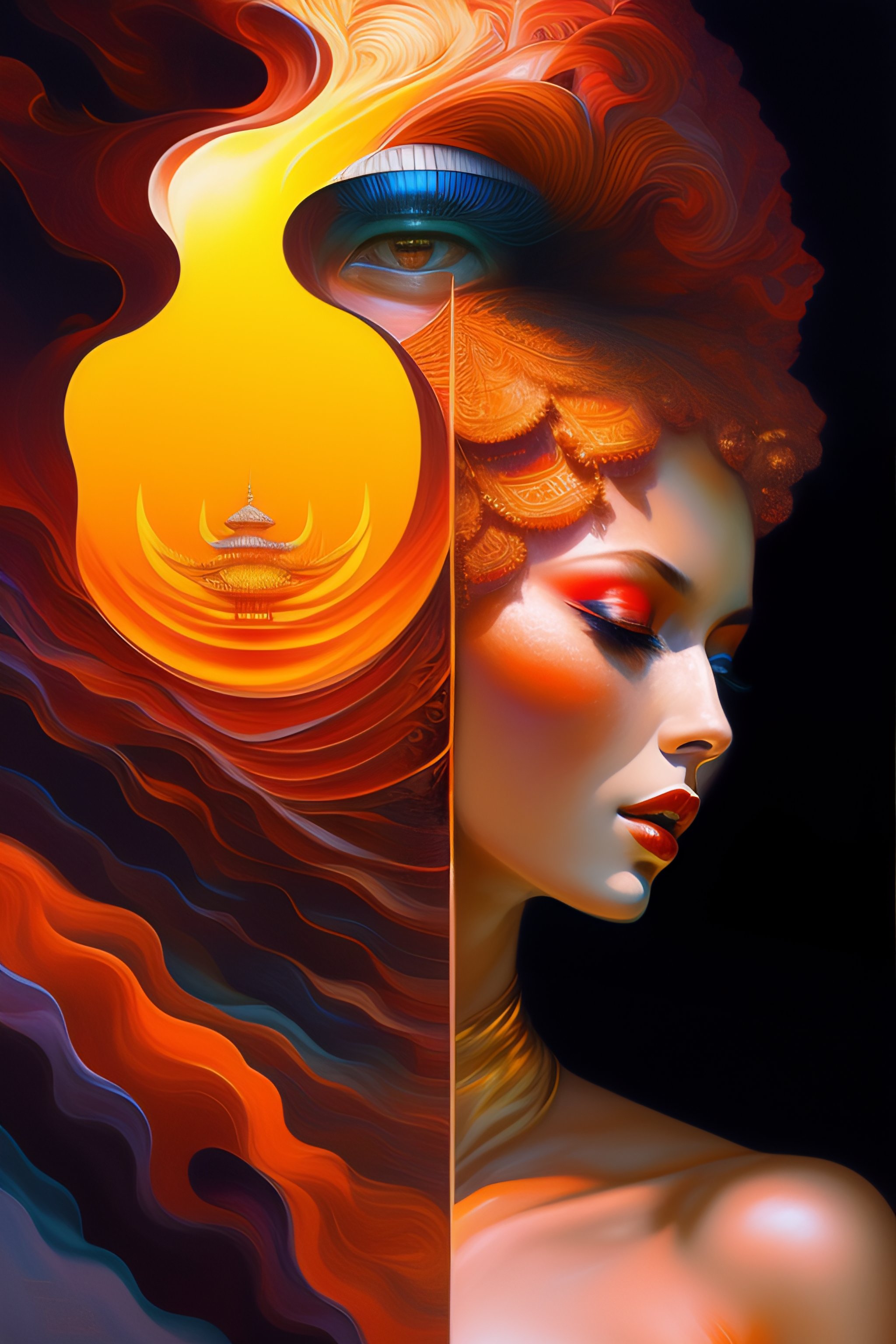Vintage visual
It may seem odd that these great works of art and literature took so long to emerge from the aftermath of the events they concern. But many of the most complex and considered accounts of conflict have taken their time https://penfieldcap.com. To Vonnegut’s painfully slow response to the war, for example, we might add Joseph Heller’s brilliantly satirical Catch-22, published in 1961, and, even more significantly, JG Ballard’s memorial masterpiece Empire of the Sun, which did not see the light of day until 1984.
Dr Marcus Bunyan is an Australian artist and writer. His art work explores the boundaries of identity and place. He curates Art Blart, art and cultural memory archive, which posts mainly photography exhibitions from around the world. He holds a Doctor of Philosophy from RMIT University, Melbourne, Master of Arts (Fine Art Photography) from RMIT University, and Master of Art Curatorship from the University of Melbourne.
While the images allow increasing passages of time between events and the photographs that reflect on them – “made moments after the events they depict, then those made days after, then months, years and so on” – there settles in the pit of the stomach some unremitting melancholy, some unholy dread as to the brutal facticity and inhumanness of war. The work which “pictures” the memory of the events that took place, like a visual ode of remembrance, are made all the more powerful for their transcendence – of time, of death and the immediate detritus of war.

Cinematic artwork
Stanley Kubrick’s ‘A Clockwork Orange’ owes its swirling chaos to Vincent van Gogh’s ‘Prisoners’ Round’. The painting’s tumultuous brushstrokes echo through the movie, creating a visual representation of the film’s own whirlwind of disorder.
Quentin Tarantino’s latest movie is a cinematographic love letter to the Hollywood of the 60s. In this self-reflexive tale, we’re met with reality-inspired characters such as Sharon Tate, along with other, more fictional ones, like Rick Dalton or Cliff Booth. Throughout the film, Tarantino makes an art of weaving the new and the old, the real and the fictional.
Finally, Wes Craven’s ‘Scream’ finds its iconic mask in Edvard Munch’s ‘The Scream’. The movie’s memorable mask is a direct descendant of Munch’s agonized figure, turning a painting into a pop culture phenomenon.
Stanley Kubrick’s ‘A Clockwork Orange’ owes its swirling chaos to Vincent van Gogh’s ‘Prisoners’ Round’. The painting’s tumultuous brushstrokes echo through the movie, creating a visual representation of the film’s own whirlwind of disorder.
Quentin Tarantino’s latest movie is a cinematographic love letter to the Hollywood of the 60s. In this self-reflexive tale, we’re met with reality-inspired characters such as Sharon Tate, along with other, more fictional ones, like Rick Dalton or Cliff Booth. Throughout the film, Tarantino makes an art of weaving the new and the old, the real and the fictional.
Classic artwork
Despite everything going on in this room, The Night Café gained popularity for how it reflects bitterness, sadness, and loneliness in the ambiance. After reading this, you might want to check out our top 10 most famous sad paintings here.
Johannes Vermeer’s 1665 study of a young woman is startlingly real and startlingly modern, almost as if it were a photograph. This gets into the debate over whether or not Vermeer employed a pre-photographic device called a camera obscura to create the image. Leaving that aside, the sitter is unknown, though it’s been speculated that she might have been Vermeer’s maid. He portrays her looking over her shoulder, locking her eyes with the viewer as if attempting to establish an intimate connection across the centuries. Technically speaking, Girl isn’t a portrait, but rather an example of the Dutch genre called a tronie—a headshot meant more as still life of facial features than as an attempt to capture a likeness.
Consider the Mona Lisa, a symbol of mysterious charm with a captivating smile. Often attributed to Lisa Gherardini, wife of Francesco del Giocondo, this masterpiece transcends portraiture, recognized as the earliest Italian portrait with an intimate half-length portrayal. Housed in the Louvre since 1804, it existed quietly in art circles before the 20th century. The turning point occurred in 1911 when audacity struck—an ex-Louvre employee boldly stole the portrait, transforming the Mona Lisa into a cultural icon and an unexpected gateway for millions into the captivating world of Renaissance art.

Deja una respuesta